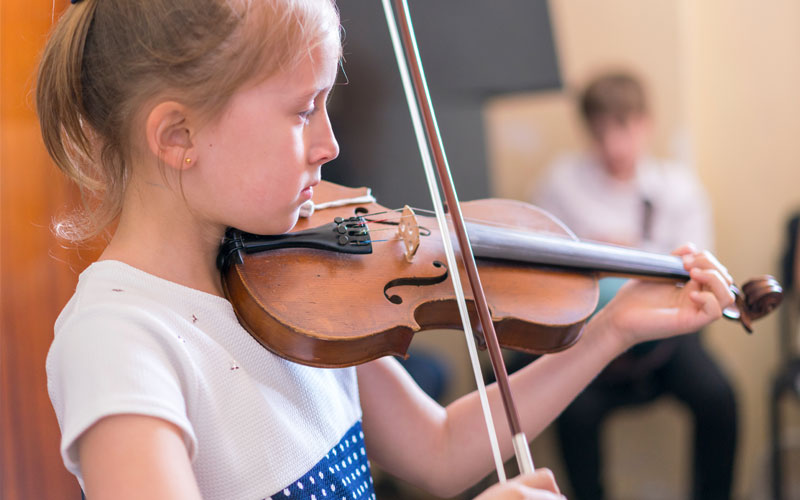Developing your “ear” for music is a fundamental part of becoming a confident musician & songwriter. Still, it can also be challenging to understand precisely where to start. By practicing more complex brain games incrementally, we can gain a deeper awareness when listening, songwriting, and performing. This is lesson three of three on how to improvise or rewrite melodies of songs. Runs, riffs, and other musical embellishments have been a cornerstone of contemporary music for the better part of a century — in gospel, jazz, R&B, rock, pop, and plenty of other musical genres that find their origins in the African music tradition.
Riffs & runs are melodic notes that depart from the written melody to enrich it with something all your own. The most successful riffs deepen the expression of emotion within a song, to honor it and not just show off your skills. This detail is of the utmost importance when moving forward. Knowing when it is appropriate to add flourishes comes with understanding the lyrics, awareness of the other instruments or voices, and believing in the intention of your melodic & emotional choices. Moreover, performing riffs & runs necessitates precisely nailing every note, no matter how brief. If you want to improve your abilities, regardless of how new you may be to your instrument, follow along to learn simple steps you can regularly use while creating new melodies and mastering riffs & runs.
Step one, pick a song.
- Preferably a song you know well! It helps to already be familiar with the music before making any sort of decision to change it.
- If you don’t know the song well, take the time to listen to it repeatedly while reading the lyrics. Highlight parts of the music that stand out to you; sing or play along when you feel comfortable.
Step two, pick a small passage.
- Make this part intentional. Select a section or two that you really think deserves the flourish. Pick from what you’ve already highlighted from the first section; is there a specific passage that pulls you to it?
- Literally write down why you want to change the music. What do you like about how it is now? Why do you think this part could benefit from the change?
Step three, change the notes.
- Set those intentions. Preserve what you think is worth preserving, and change what you think will contribute best to what is there already. Think of melodies or riffs you enjoy that emulate the feeling. Remember back to the line drawing exercise for melodic shaping in part two. Visualize the new melody as it takes shape.
- Know your limits, but challenge yourself to learn. Don’t linger too long on theory or chords; your ear should hear what is and isn’t working. Sheet music can be a friend if you know your way around it, but it is not the end-all-be-all for improvising.
Step four, practice
- Start by playing the track slowly, half-speed if you need. Ensure every single note is hit & not rushed, gradually speeding up as you gain proficiency with moving through the new melody. When you first start, this may feel like an impossible task. I promise: you will gradually improve with practice. When it stops being fun, start over and pick a new song to practice if you need it!
- It may seem counterintuitive to practice improvising, but as you improve your skills, you will find it easier to make choices in the middle of a performance instead of spending hours thinking about your choice. Presence while playing is key.




